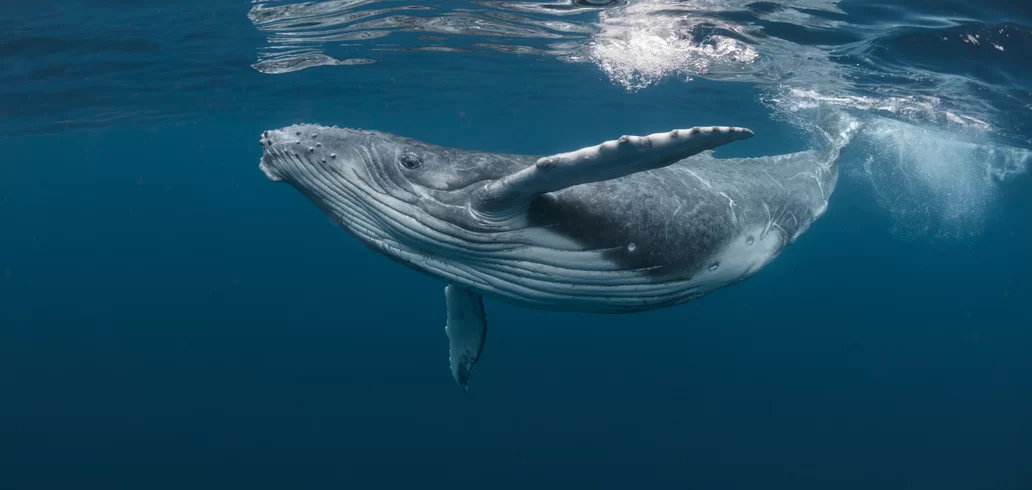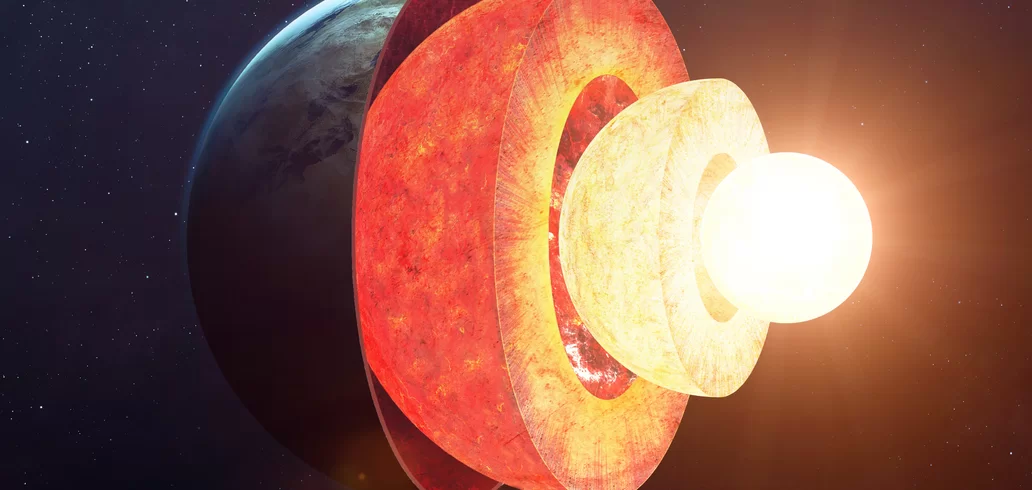Curiosities
Bigger and stronger: meet the newly discovered relative of the Tyrannosaurus rex
Advertisement
Amazing! The discovery of Tyrannosaurus mcraeensis is an exciting revelation for the paleontological community. It’s fascinating how a species so closely related to Tyrannosaurus rex managed to go unnoticed for so long. It highlights just how complex and diverse dinosaur life was during the period when they dominated the Earth.
The fact that T. mcraeensis may have been even larger than T. rex itself adds an additional layer of fascination to this discovery. It suggests that the dinosaur world was even more varied and full of surprises than we previously imagined.
The identification of this “sister” species to T. rex will certainly have a significant impact on our understanding of the evolution and ecology of these ancient apex predators. I can’t wait to see what else we learn about T. mcraeensis as paleontologists continue to study its fossils and its role in the ancient ecosystem.
Skull reevaluation
The re-evaluation of the partially fossilized skull, initially classified as belonging to Tyrannosaurus rex, is a crucial step forward in paleontology. It is fascinating how technological advances and new scientific approaches allow researchers to revisit old discoveries and uncover new information.
By reclassifying the skull as Tyrannosaurus mcraeensis, paleontologists are providing a new perspective on the diversity and evolution of tyrannosaurs in North America. This reassessment highlights the importance of carefully reviewing fossil evidence and continually refining our understanding of early life on Earth.
Now that the skull has been recognized as belonging to a distinct species, scientists can begin new investigations into T. mcraeensis, exploring its unique anatomical, behavioral, and ecological characteristics. This reassessment will certainly open up new research opportunities and expand our knowledge of ancient large predators.
Relentless predators
The ruthless predators that roamed the Earth during the dinosaur era are truly fascinating. From giant carnivores like the Tyrannosaurus rex to aquatic predators like the Liopleurodon, the dinosaur world was filled with formidable creatures adapted to hunting and feeding.
These predators developed a variety of hunting strategies and physical abilities that made them extremely effective at predation. Some, like T. rex, had powerful jaws and serrated teeth capable of crushing bone, while others, like Velociraptor, were agile and intelligent, hunting in groups to bring down larger prey.
In addition to land-dwelling dinosaurs, the oceans were also home to equally impressive predators, such as the Mosasaurus and Megalodon, which ruled the seas with their enormous jaws and sharp teeth.
Exploring these relentless predators makes us reflect on the incredible diversity and adaptation that characterized life during the Mesozoic Era, and gives us an even greater appreciation for the complexity and wonder of the natural world.





